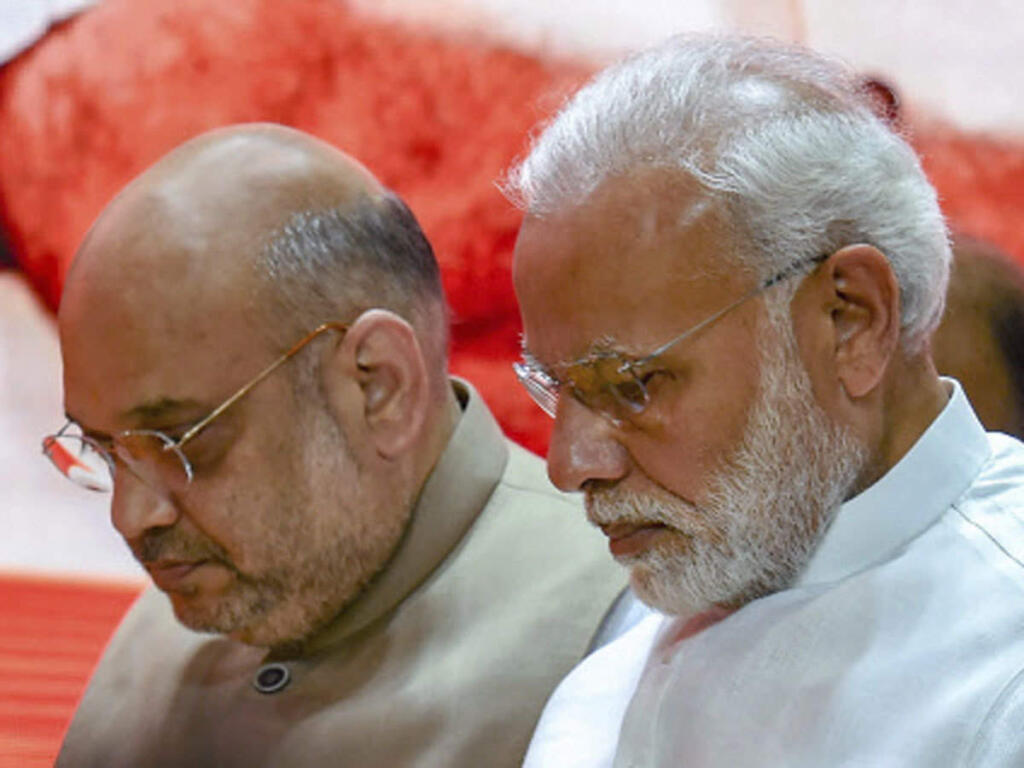The BJP has established itself as a major force in Indian politics. However, success is not guaranteed in every election. In recent elections, the failure of the BJP’s “washing machine” strategy has dealt a blow to the party. Under this strategy, the party attempted to include leaders from other parties and give them tickets. However, this time, this step proved to be entirely unsuccessful. In this article, we will provide a detailed review of the reasons for the failure of this strategy and its consequences.
Failure of the “Washing Machine” Strategy
One major reason for the BJP’s poor performance is the failure of its “washing machine” strategy. This approach involved giving party tickets to candidates who defected from other political parties. Out of more than 100 such candidates, only about 33-35 are leading. This strategy backfired as the high number of outsiders failed to garner enough voter trust and support, leading to a significant shortfall in expected victories. This miscalculation significantly impacted the BJP’s overall electoral success, highlighting the limitations of relying heavily on defectors.
The Importance of Promoting Established Leaders of BJP
The BJP should have focused on promoting its own established leaders rather than excessively incorporating outsiders. This approach would have increased the trust and loyalty of both party members and the general electorate. BJP leaders are already well-regarded and liked by the citizens. By sidelining them in favor of newcomers, the BJP failed to capitalize on their established support base. This misstep led to a disconnect with voters, ultimately contributing to their disappointing performance in the elections.
Complacency
The slogan “Abki Bar 400 Paar” was widely promoted, setting high expectations for the BJP’s electoral success. Initially predicted to win over 400 seats, the BJP now finds it challenging to even achieve 300. This change is not due to a lack of trust from the electorate but rather complacency among BJP supporters. Many assumed a BJP victory was guaranteed, neglecting the necessity of their individual votes. This overconfidence and underestimating the opposition’s strength played a critical role. The ruling party, encouraged by previous victories, believed its popularity and achievements would automatically secure votes. Consequently, there was a lack of thorough campaigning and grassroots engagement, as the party relied on its past performance. However, this oversight of evolving voter concerns and dynamics negatively impacted the BJP’s results.
Consequences
Leaving their own leaders proved disastrous for the BJP. The party’s established leaders, with their recognized faces and credibility, were overlooked in favor of defectors. This decision undermined the trust of the electorate, who are more inclined to support familiar and proven leaders. Promoting internal leaders would have fostered a sense of loyalty and continuity, which is crucial in securing votes. This lack of internal cohesion and the over-reliance on defectors highlighted a strategic error that significantly contributed to the BJP’s electoral setbacks.
In conclusion, the BJP’s poor performance can be attributed to a combination of complacency, overconfidence, failure of the “washing machine” strategy, and neglecting their established leaders. Addressing these issues is essential for the BJP to regain its footing and improve its electoral outcomes in future elections.
ALSO READ: How NDA Confused Voters in Maharashtra
